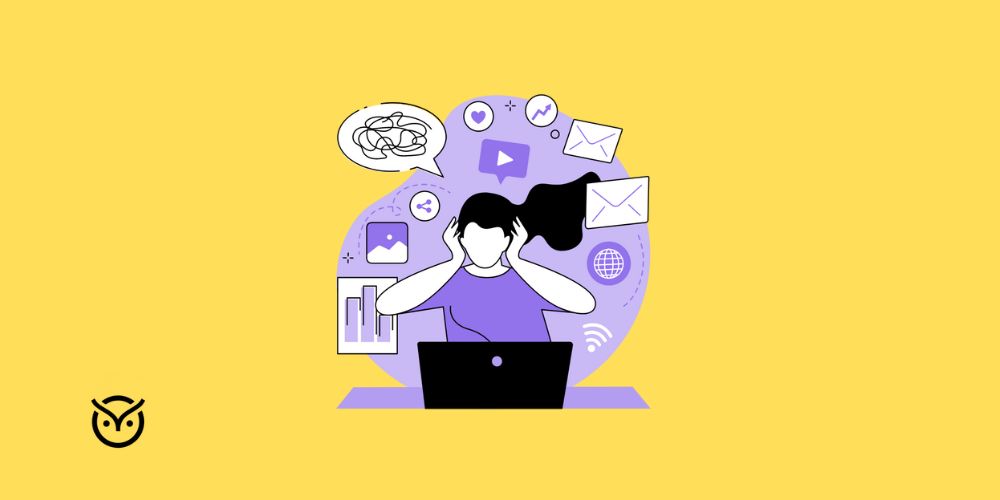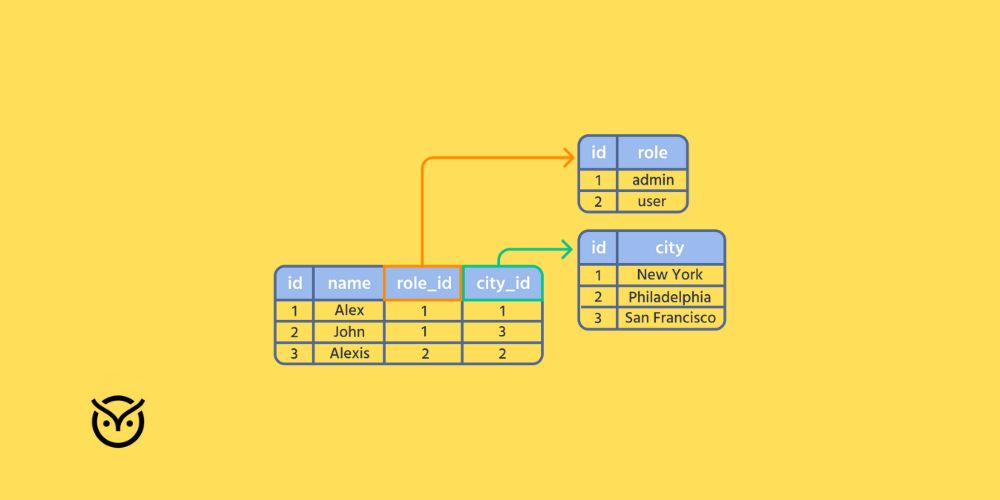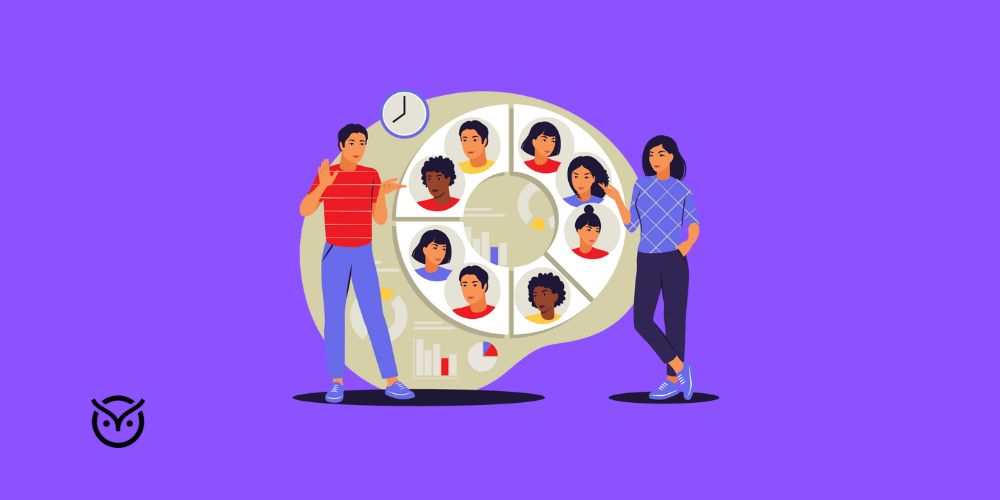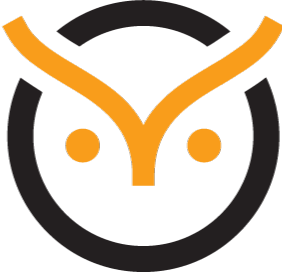
TL;DR
- Recruiters lose 20–30 HRs/week on manual screening, scheduling, and follow-ups.
- HR automation software and AI cut busywork by 40–60%.
- Time saved goes to candidate engagement, strategy, and relationships.
- Wins: faster hires, lower costs, better candidate experience.
Recruiters often spend most of their workweek buried in repetitive chores. Tasks like sifting through hundreds of resumes, juggling interview schedules, sending rejection emails, and doing manual resume screening eat into hours that could be used for more meaningful work. That’s a costly drag not just on time but on energy, morale, and hiring quality.
Here’s where HR automation software comes in. With automated HR software and HR process automation software promising to handle the boring stuff, recruiters can use automated HR system features and HR automation tools to reclaim their time. Also, HR automation solutions and automated HR system platforms powered by AI are helping teams speed up selection, onboarding, and communication.
Where Recruiters Spend the Most Time (Manual Work)

Here are the biggest time drains in the recruiter’s daily routine:
- Sourcing candidates: finding applicants via job boards, networks, and referrals. Takes a large chunk of time.
- Resume screening and application review: going through resumes one by one, filtering by criteria.
- Scheduling interviews: coordinating times, back and forth with candidates & hiring managers, rescheduling.
- Follow-ups/candidate communication: Thank-you messages, rejections, clarifications.
- Background and reference checks: verifying credentials, contacting past employers.
- Onboarding paperwork and setup: getting the candidate ready with contracts, system access, and orientation.
Those manual tasks are often high in volume, repetitive, and leave little room for human interaction, which makes hiring more than just “staff-filling.”
Where Recruiters Spend the Most Time (Manual Work)
- Resume Screening
- Interview Scheduling
- Follow-Ups & Emails
- Onboarding Paperwork
- Background & Reference Checks
Correct order with quick notes
- Interview Scheduling — frequent back-and-forth, reschedules add up.
- Resume Screening — high volume across roles creates a queue.
- Follow-Ups & Emails — confirmations, rejections, reminders.
- Onboarding Paperwork — contracts, accounts, forms.
- Background & Reference Checks — verification takes time but lower volume.
These are typical patterns for high-volume recruiting teams. Use automation to reclaim hours for candidate conversations and hiring strategy.
How HR Automation Software & AI Save Time

Here’s how the right tools chop away the manual work:
- Automated resume screening: AI filters resumes against job criteria, instantly discarding unqualified candidates. This reduces time spent on initial filtering from hours to minutes.
- Recruitment automation software handles scheduling: calendar integration, auto-invitations, and automated reminders make arrangements smoother with less back-and-forth.
- Automate employee onboarding with software that issues contracts, sets up accounts, etc., immediately once the offer is accepted.
- Tools send personalized but automated follow-ups & rejection messages so candidates aren’t left hanging.
- Use of HR automation tool features to manage reference checks & background validation in parallel rather than sequentially.
- AI-powered matching or ranking of candidates (skills, experience) reduces human bias and speeds up shortlist creation.
How HR Automation Software & AI Save Time
The Numbers: How Many Hours Can Recruiters Save?

Here are real numbers based on recent studies:
The Numbers: How Many Hours Can Recruiters Save?
| Scenario | What Task | Time Spent Manually | Time After Automation | Time Saved |
|---|---|---|---|---|
| From STEPS Consulting | Resume screening, interview scheduling and administrative tasks | 20–30 hours/week on manual work per recruiter | With automation, many of those tasks are slashed | Potential saving: ~10–20 hours/week depending on role |
| GoodTime report | Scheduling interviews alone | ~35% of recruiter time spent scheduling | When scheduling is automated | Over 24 hours/week saved per recruiter just from interview scheduling |
| Teamdash analysis | For 100 candidates: screening, scheduling, follow-ups | Many dozens of minutes per candidate (10–20+ mins per manual step) | Automated: tasks drop to 1–2 mins per item for many steps | ~150–160 hours saved per 100 candidates across tasks |
If you’re recruiting team handles many openings or large volume roles, savings scale fast. In some cases, a recruiter could reclaim half their workweek for higher-value work.
Real-World Benefits Beyond Time Savings

Time saved is the obvious win, but the ripple effects are bigger:
- Better candidate experience: Applicants get quick updates, faster decisions, and smoother onboarding. No one likes waiting weeks for a reply.
- Lower cost per hire: When tasks are automated, each recruiter can handle more openings without burnout.
- Improved hiring quality: AI tools help cut bias by evaluating skills and qualifications instead of gut feelings.
- Scalability: As hiring needs spike, you don’t need to triple recruiter headcount; you just expand the capacity of your HR automation solutions.
- Data-driven hiring: Every action is logged in your automated HR system, helping leaders spot patterns, improve sourcing strategies, and forecast talent needs.
Transitioning to HR Automation Software Without Losing the “Human Touch”

The biggest fear about automation is turning hiring into a cold, robotic process. But the reality is the opposite. By letting process automation in HR handle repetitive work, recruiters free up time for conversations, relationship-building, and candidate care.
Here’s how to balance the tech with the touch:
- Keep humans in decision-making loops. Let AI handle automated CV screening, but recruiters should make the final shortlist.
- Use automation to trigger reminders for personalized messages. A recruiter’s quick note, sent at the right moment, feels far more thoughtful.
- Train teams on when not to automate. Empathy-driven steps like delivering rejection feedback should remain human.
- Combine automation with your employer brand voice. Templates should feel consistent, not robotic.
This is exactly where Vettio stands out. As a recruitment automation software built with AI, Vettio doesn’t just automate steps; it intelligently vets candidates, ranks them, and highlights culture fit. That means recruiters don’t just save time, they gain insights they can use to strengthen the human side of hiring.
Conclusion
HR automation software is no longer “nice to have.” It’s the difference between recruiters spending their week drowning in admin or actually building relationships with candidates and hiring managers. The tools, whether an HR automation tool, automated HR software, or advanced AI vetting platforms, are reshaping recruitment into a faster, fairer, and more candidate-friendly process.
The organizations embracing this shift will find themselves attracting better talent, improving hiring outcomes, and giving recruiters their most valuable asset back: time.
FAQs
HR automation can cover resume screening, interview scheduling, background checks, email follow-ups, onboarding paperwork, payroll and more. These HR automation examples show how companies reduce repetitive work while focusing recruiters on strategic priorities.
Recruiters can save anywhere from 10–20 hours a week depending on role volume. In high-volume hiring that’s like doubling recruiter productivity without doubling headcount. These HR automation use cases prove automation scales results.
The “best” depends on your company size and hiring needs. For many, the most recommended HR spend management software integrates with applicant tracking, payroll and employee management. For AI-driven hiring, platforms like Vettio go further by combining vetting, ranking and culture-fit insights.




